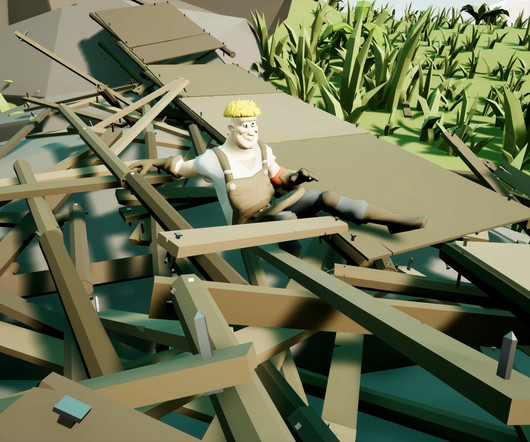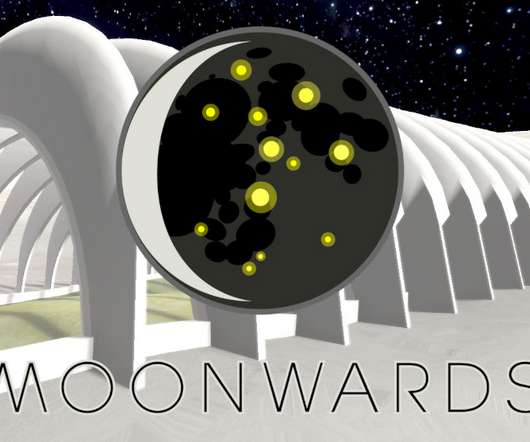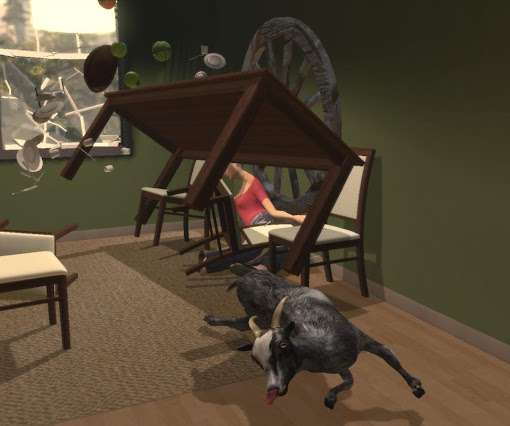Two engineers build the physics-driven engineering parody The Enjenir
PreMortem.Games
OCTOBER 9, 2023
The Enjenir is a physics-driven sandbox game with a clumsy medieval engineer that fumbles his way from one construction project to the next. With the game’s 100% physics-based building system, players can solve each mission in infinite ways. From the building mechanics, all the way to the third person character movements.












Let's personalize your content